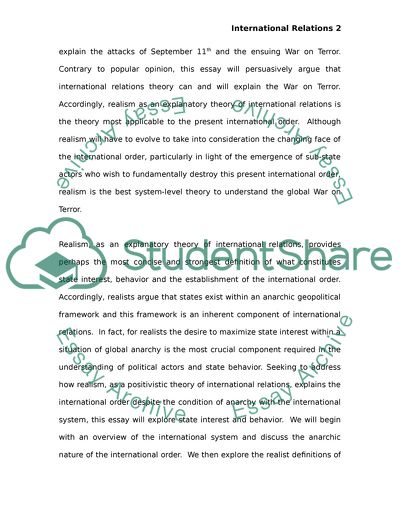Cite this document
(International Relations Theory and the War on Terror Coursework, n.d.)
International Relations Theory and the War on Terror Coursework. https://studentshare.org/politics/1718013-international-relations-theory-has-made-little-contribution-to-understanding-the-global-war-on-terror-discuss
International Relations Theory and the War on Terror Coursework. https://studentshare.org/politics/1718013-international-relations-theory-has-made-little-contribution-to-understanding-the-global-war-on-terror-discuss
(International Relations Theory and the War on Terror Coursework)
International Relations Theory and the War on Terror Coursework. https://studentshare.org/politics/1718013-international-relations-theory-has-made-little-contribution-to-understanding-the-global-war-on-terror-discuss.
International Relations Theory and the War on Terror Coursework. https://studentshare.org/politics/1718013-international-relations-theory-has-made-little-contribution-to-understanding-the-global-war-on-terror-discuss.
“International Relations Theory and the War on Terror Coursework”. https://studentshare.org/politics/1718013-international-relations-theory-has-made-little-contribution-to-understanding-the-global-war-on-terror-discuss.


